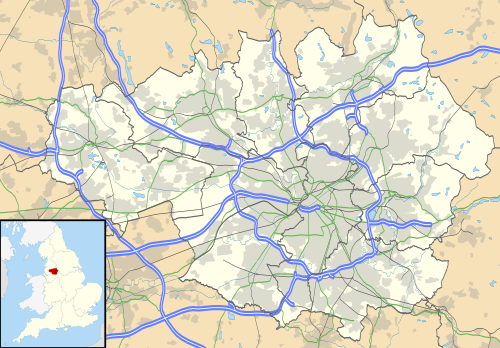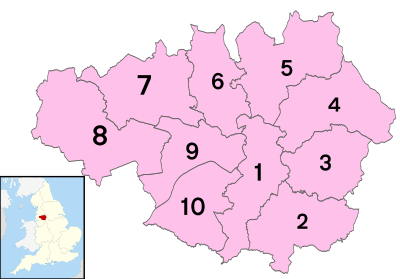This is a list of settlements in Greater Manchester by population based on the results of the 2011 census. The next United Kingdom census will take place in 2021. In 2011, there were 61 built-up area subdivisions with 5,000 or more inhabitants in Greater Manchester, shown in the table below.

